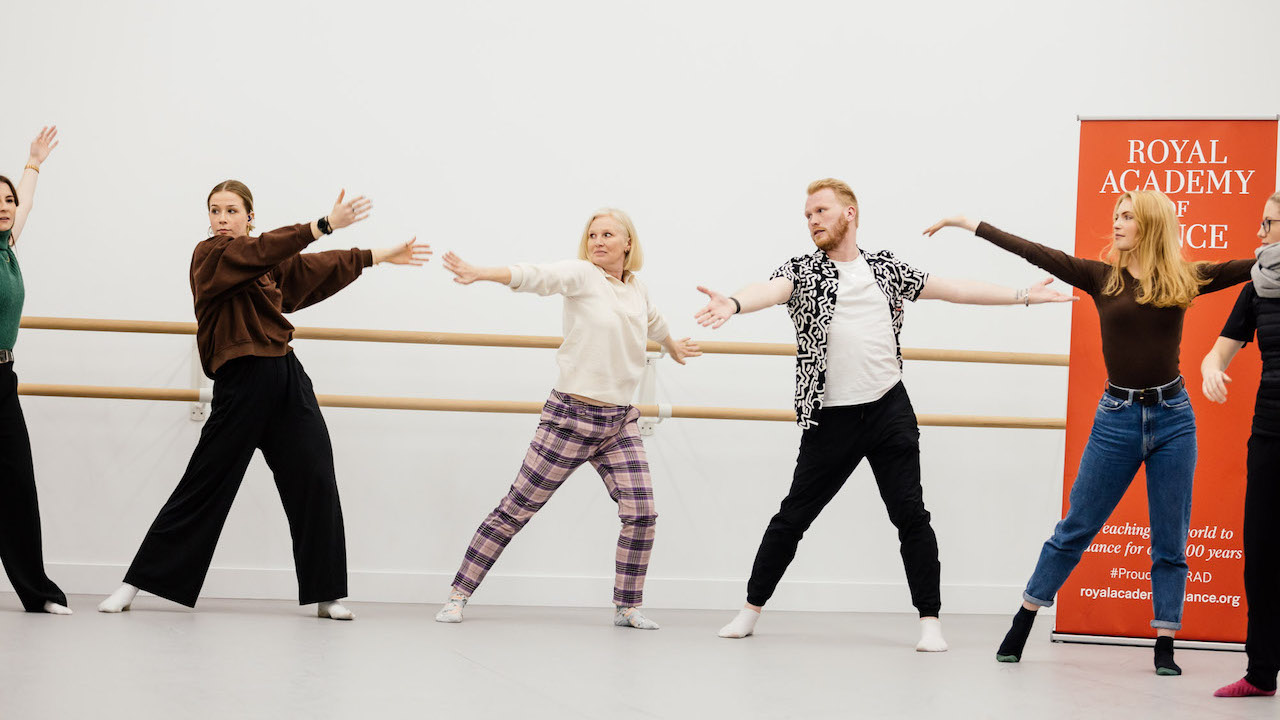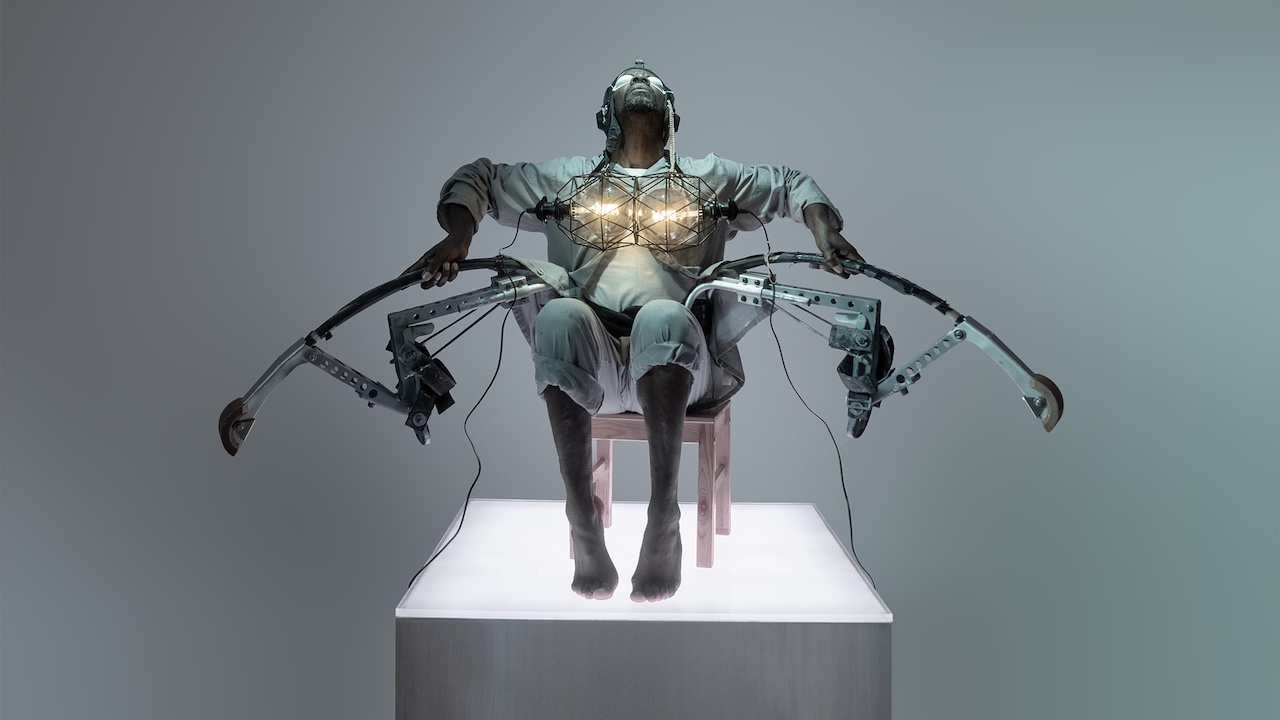‘As artists we are chosen. There’s no quitting time for us’
Ballet careers skew young, but flamenco dancers can continue into old age. In Toronto, will Jurgita Dronina, principal ballerina with the National Ballet of Canada, and flamenco artist Carmen Romero find common ground?
Deirdre Kelly It’s said that flamenco dancers get better with age. Jurgita, is ballet just for the young?
Jurgita Dronina That’s a great question. I’m 37. Until I hit 33, your body can do anything and you feel unbreakable, invincible. But then maturity crept in, and that’s when I really began to understand how to do things and had freedom to experiment. It’s what ballerinas call the golden middle, where your technique peaks with your maturity and artistry. Those are probably the best years in a ballerina’s career. I doubt I’ll be able to continue past my 40s, because ballet doesn’t go on forever. Carmen is lucky in that she can go on if she wants to.
Carmen Romero I’ve been dancing since the age of eight. Flamenco training is very different to classical dance. As an art form, it celebrates different parts of life: birth, youth, maturity and death. I once served as a translator to a reporter interviewing [the great flamenco dancer] Antonio Gades and I’ll never forget something he said. When asked how long he would continue dancing, he said, ‘until they put the tag on my toe’! I just turned 56 and I’m still at it.
I would agree with Jurgita, that the older you become, the more you have to offer. It’s my belief that artists are messengers, the muse to the audience. People come to dance to escape in the moment, or to fly in the air with Jurgita and experience that freedom in their mind. Or when I hit the floor really hard, to feel that vibration deep inside.
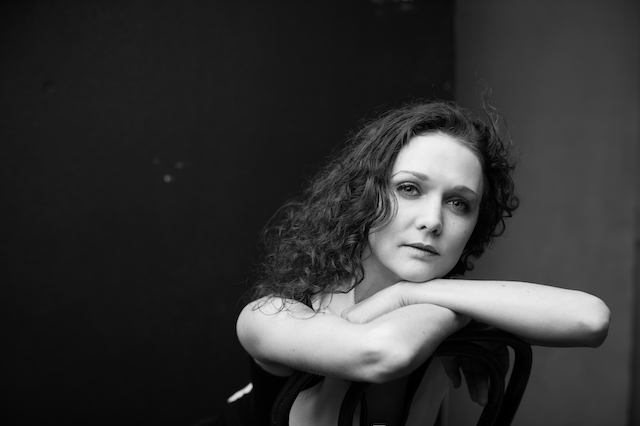
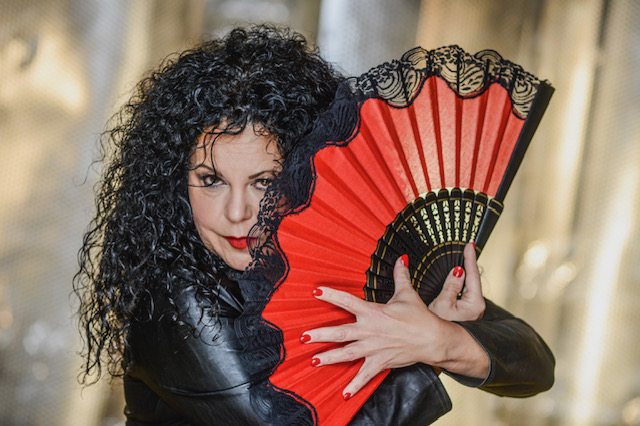
Jurgita The knowledge and life experience that comes through your soul, your energy, is the biggest lesson you can give to the young ones. When I joined the Royal Swedish Ballet as a 20-year-old, there were so many fantastic older dancers who came from John Neumeier and Maurice Béjart. It was like a masterclass. I watched every single show and my jaw would drop. That raised me as a dancer.
Carmen Jurgita, I like how we align. We are in entirely different worlds but our approach to our art is similar. Recently, I had an invitation to work with apprentice dancers at the National Ballet of Canada. It was like a dream to hear the music and see the dancers run across the floor in their pointe shoes. I immediately got a sense of community and legacy building. As an independent artist, I don’t have that kind of support. I have to create my own community. I’ve nurtured dancers and musicians through my school. People that came to me as beginners are now fully-fledged, award-winning artists – that is my relevance.
Jurgita We come from such different art forms and yet we value the same things and strive for the same stage catharsis.
Carmen I love that: stage catharsis. That’s really powerful. I believe as artists we are chosen. There is no quitting time for us.
Jurgita Not when you can still give something. Maybe one day, I won’t be able to dance at the top level. But I see myself still giving back to the art form. ‘Until they put the tag on my toe’ – I’m going to use that line!
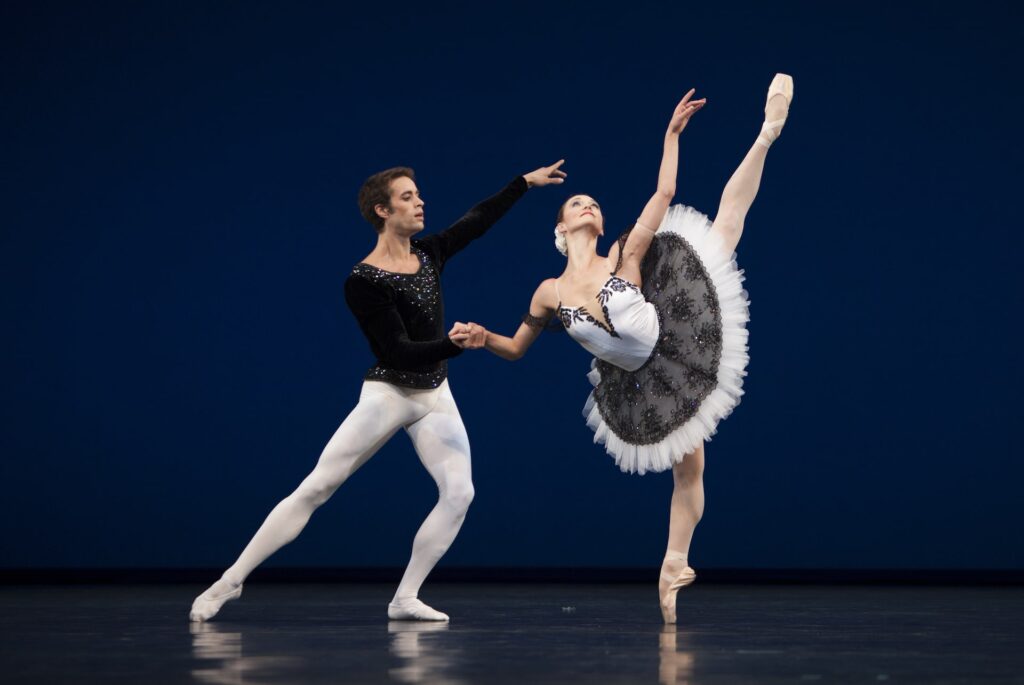
Deirdre Jurgita, what role have teachers have played in your life?
Jurgita Good training at a young age is key to longevity in dance. I was 10 when I started ballet and still do the same basic class my fantastic teachers taught me as a girl. I would say it’s the discipline of never giving yourself a day off or an excuse. That early training has carried the career. I’m super grateful to every single teacher along the way.
Carmen Flamenco is only one dance under the whole umbrella of Spanish dance. Technique is your foundation, but there’s no standardised training. Different dancers come up with their own pedagogy, and the way flamenco is expressed can vary person to person.
Jurgita When we did Don Quixote, I watched countless videos of flamenco: how to communicate with a fan and use the shoulders. Before ballet, I did ballroom dancing and hip-hop, which played a huge role later in my repertoire, especially in contemporary. In ballet, if you don’t know other dance forms, you won’t go very far.

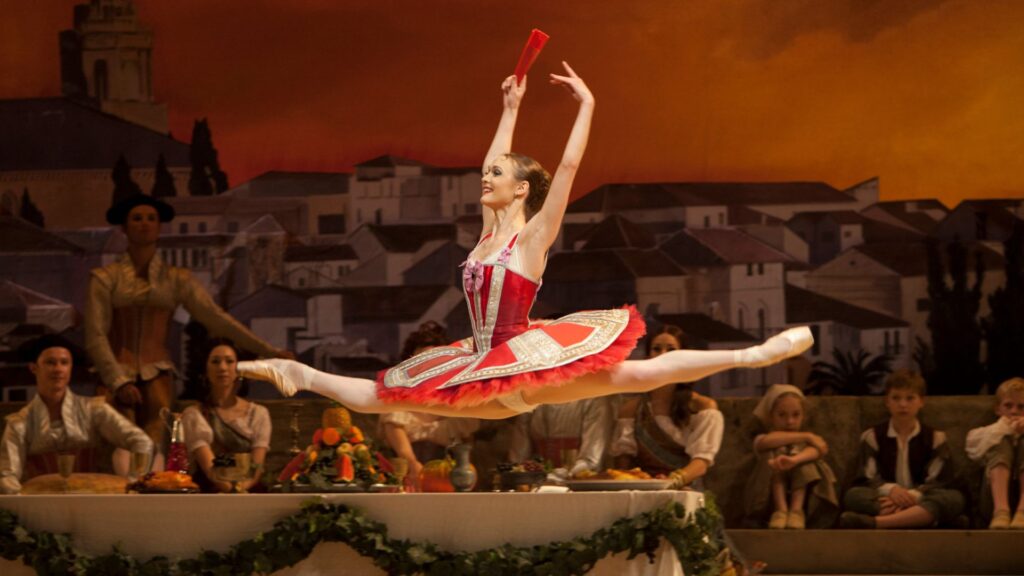
‘I was steeped in the RAD’
Michiko Nishimura, 33, formerly a ballerina in Japan, has been teaching for three years in Toronto, Canada. Barbara Peters, 85, has been teaching almost continuously for close to 65 years in Yorkshire, England. Do the two RAD teachers share an approach?
Barbara Peters I started training in 1956 and graduated as an RAD teacher in 1959. About 15 years ago I started teaching a syllabus called babyballet with my daughter, and still advise on that. I teach a Syllabus 1 class to adults working on the RAD’s Discovering Repertoire syllabus. We started in lockdown – I was able to teach online from home and it was quite popular. The youngest in class is 40 and the oldest is 85 – and that’s me.
Michiko Nishimura I graduated from the teacher certificate program at Canada’s National Ballet School in 2020, just as the pandemic was coming in. I started my ballet studies in Japan when I was seven years old and sometimes went to Russia to study – in Japan most schools do the Russian style. But I wanted to learn something different. I did not know anatomy or how to teach musicality to a young student to become a professional dancer. At Canada’s National Ballet School, I chose RAD because it is very good for young students. Everyone enjoys it and I can really see the students develop.
Barbara I didn’t start ballet until I was nine years old. Mine was an RAD teacher and I passed all my exams. I was often asked to help teach the little children, which I liked. I was quite small and knew that physically I wouldn’t be a ballerina, so at 16 I applied to the RAD teacher training course. Unfortunately, because everybody thought dancing was a truly trivial pursuit, I couldn’t get any funding. My parents were not wealthy, so I had to leave school and worked for a whole year to get money for my fees. A grant was only awarded in my third year, because they could see I was serious about doing something worthwhile. It led to becoming a senior student of RAD and then an examiner – I was steeped in the Royal Academy of Dance.
Michiko Presently, I teach at the Conservatory of Dance & Music in Toronto, and before I was – still am – a dancer and a choreographer in Japan, and also a choreographer at the Okada Sumina Ballet Company.
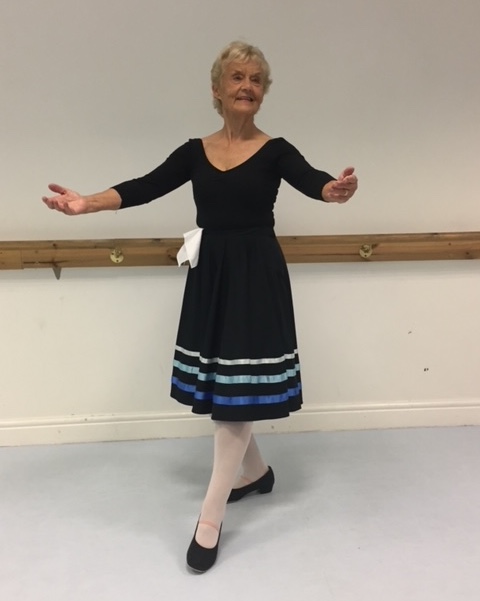
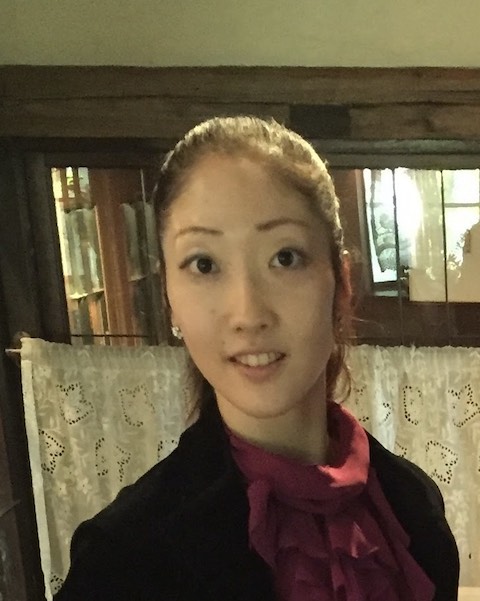
Barbara Do you dance for your students?
Michiko Yes. I put on pointe shoes in front of them and show them how I dance and they have such bright eyes! The other teachers tell me it is inspiring. I think it is very helpful to help others improve and to show how to perform.
Barbara The students must think it wonderful to watch you dance, but I think there is a very fine line to make sure that you adjust your demonstration to suit your students – if you’re not careful, you can make them feel a little inadequate.
Michiko I think there needs to be a bigger emphasis on showing students how to perform. If you use the same music over and over to prepare for exams, I sometimes feel that they stop feeling anything and look stiff and robotic. It is harder to teach them expression, and how to use the body. Sometimes I give periods of free dance to loosen them up because if you only use the syllabus, it’s very hard to perform on stage.
Barbara Free dance classes and alternative music alongside the syllabus are definitely important. If you’re working with children, you must mix it up to develop musicality.
‘What makes us a family is a shared love of the art form’
Clarke MacIntosh, National Director of RAD Canada, compares notes with Maria do Carmo Kenny, National Director in Brazil and South America, about how the RAD helps to develop a sense of community.
Deirdre Kelly What were your first impressions of the RAD?
Clarke MacIntosh My background is not in dance. It’s in the arts and classical music. When I started at RAD in 2011, I had a lot of discussions and interviews with members, examiners, and teachers. I wanted to learn what made the RAD meaningful and special for them. Overwhelmingly, there was this recurring theme: the sense of family, the sense of community. I could name at least a dozen high-profile members who were not initially RAD students but who ended up joining the organisation as professional teachers because there was this much greater sense of support, collaboration and community than they had encountered elsewhere.
Maria do Carmo Kenny Like Clarke, I am not from a dance background. I was a secretary at the Hilton hotel and took the RAD position without knowing anything about dance, but now I love it.
Deirdre How did the pandemic affect the way you developed the RAD community?
Clarke The pandemic made us pivot to online right away. Having town hall sessions for members so they didn’t feel quite so alone was important. You learn dance in a social group and setting – you learn and progress with the same cohort, perhaps for years and years, and create friendships that last your entire lifetime. The RAD gives that same experience to teachers – by adopting and embracing technology in new and creative ways, we have created this opportunity to bring that sense of community back.
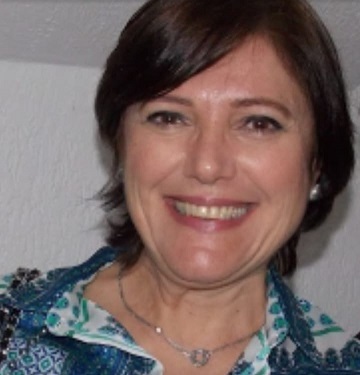

Maria We were able to do exams in December 2020. The teachers were thankful that they could close that terrible year with something to offer the students.
We are now much more linked to students and their parents, using social media tools like Instagram and Facebook in ways we hadn’t before. When the quarantine was implemented in Brazil in March 2020, I said to the students, Why don’t you let us see you dancing at home? At that time, we had only 400 followers on Instagram, but within three months, we had 4,000 – now we have 11,000. This has changed the way the RAD operates in Brazil. WhatsApp is also very popular here, so we created several groups – for teachers, students and examiners, plus regional groups. If a teacher has a question, she will put it in the group chat, and a colleague or tutor will answer and add to the conversation. It creates a feeling of family.
Brazil is a big market for the RAD to conquer. In 2021, we offered 27 online courses for teachers across South America, and 950 teachers participated. Our Instagram shows how we offer support and how our students enjoy our exams and summer courses. Technology enables the organisation to grow.
Deirdre How is dance a socially and emotionally bonding experience, from your perspectives?
Clarke Parents often wonder about the legitimacy of dance in their children’s education. I remind them that very few people become engineers, but we don’t question whether math is important. Education in the arts builds personal and social skills, and appreciation and empathy that serve people for a lifetime. For us at the RAD, the value of dance is as a life preparation activity for young people.
Maria I was at a birthday party last week for one of our examiners, and all her students – maybe 60 of them – were there! Students regard their dance teacher with love and tenderness because that’s the person who connected them to art, music and a way of expressing themselves. That makes us a family – a shared love of the art form.
Clarke You end up with these bonds where a teacher celebrates their 60th birthday and students across three generations show up to celebrate. It makes it all worthwhile.
Deirdre Kelly is a Toronto-based dance critic and author of Ballerina. She has twice won the Nathan Cohen Award for criticism. Her next book, Fashioning the Beatles, will be published later this year by Sutherland House Books.









